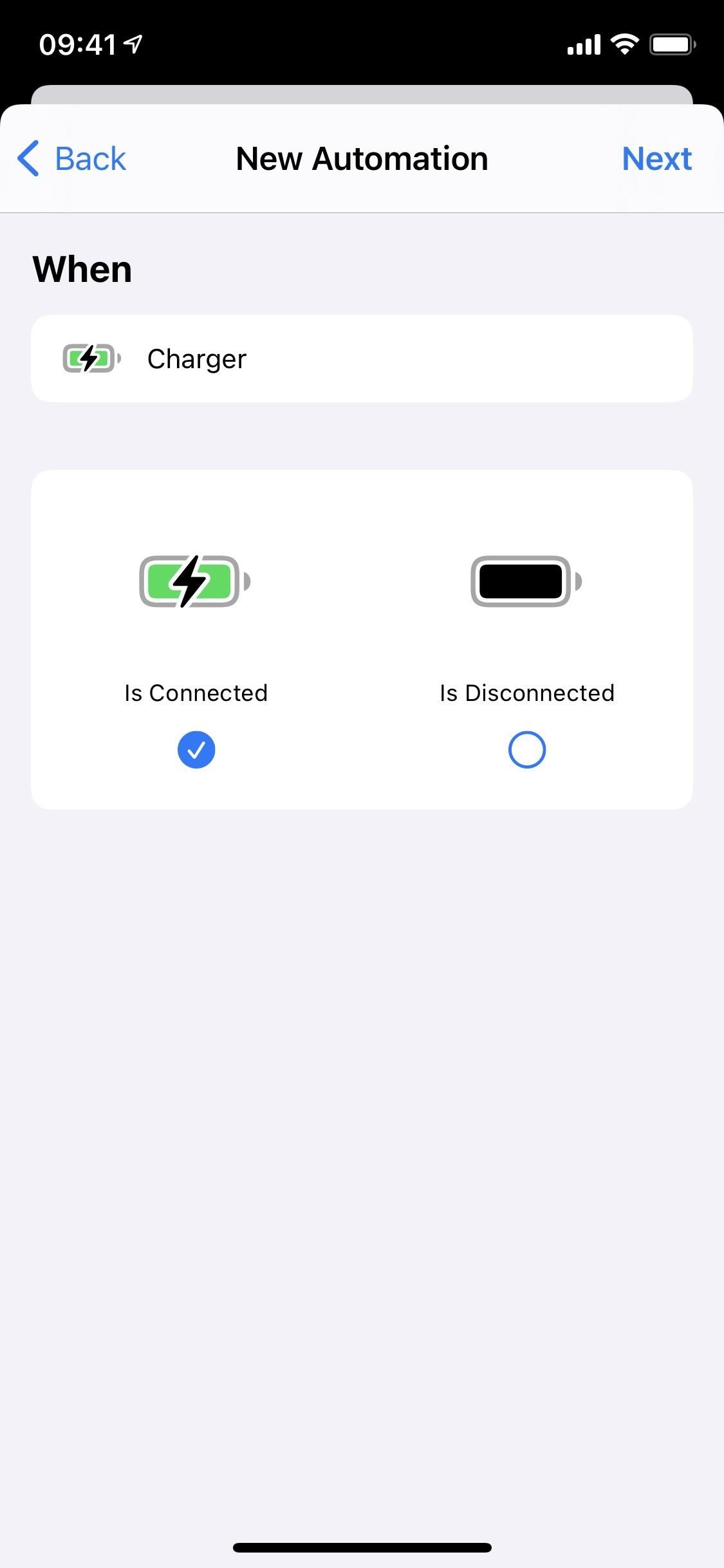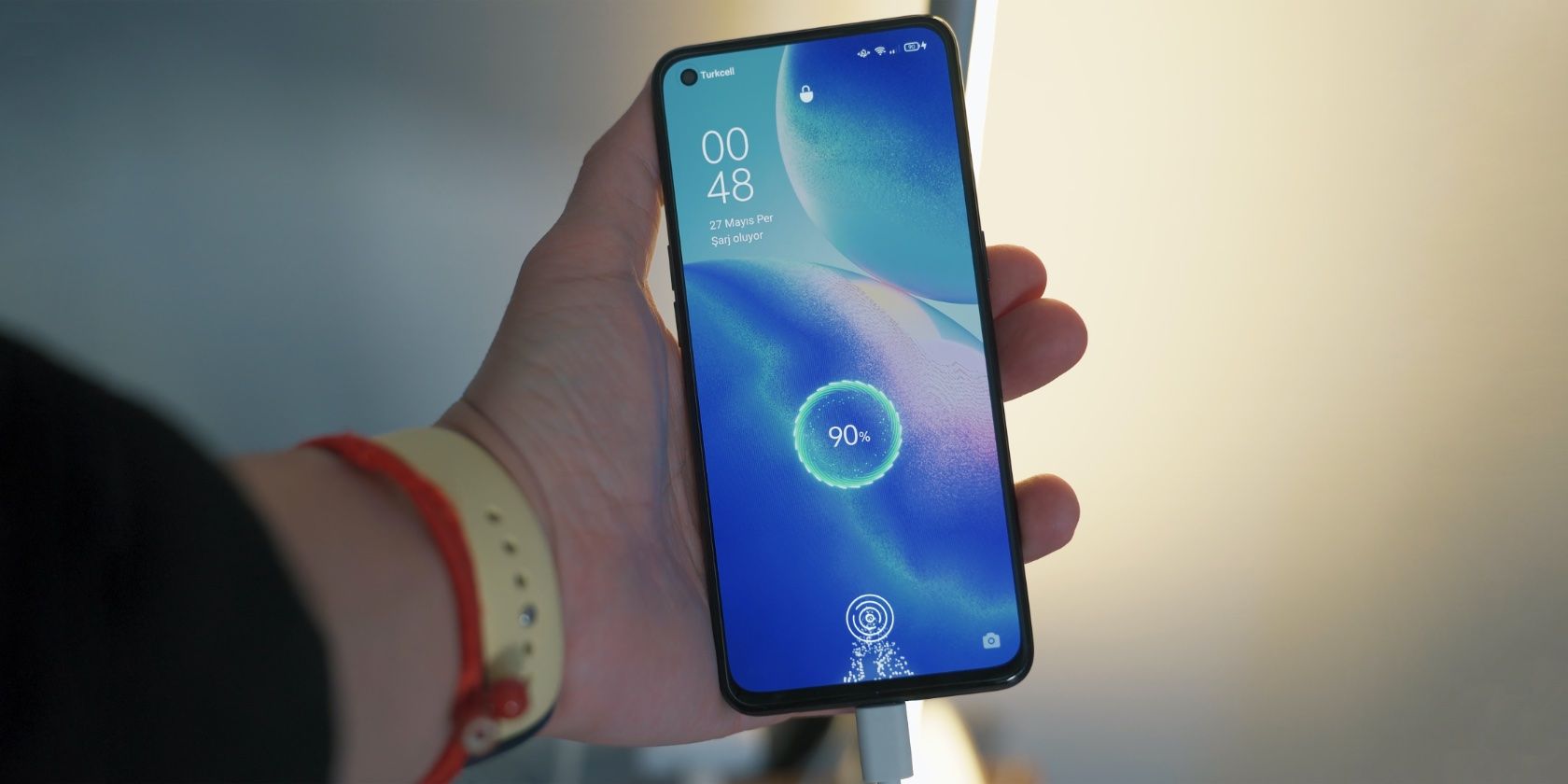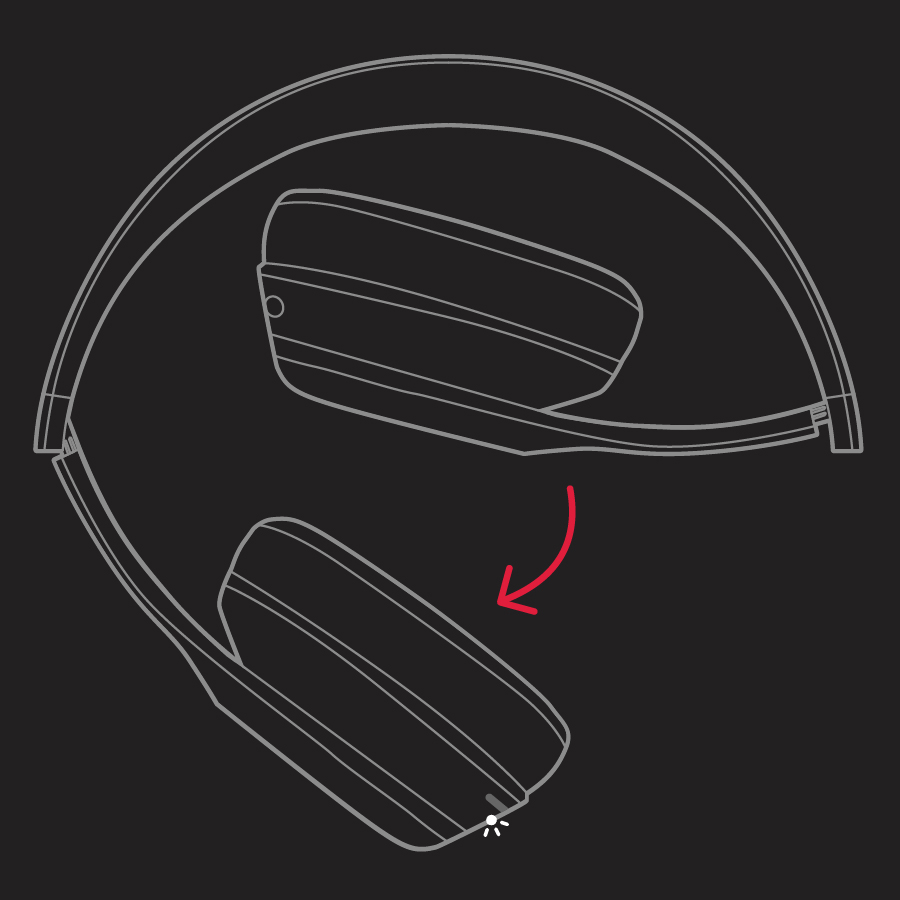

Most smartphones generally have a connection preference for Wi-Fi networks.

Image Credit: maxkabakov/Depositphotos | VectorStory/Depositphotos 1. They broadcast stronger signals than cell towers, which forces mobile phones to disconnect from legitimate cell towers and connect and ping to them instead.

StingRays are mostly used by law enforcement to track devices in a given area. StingRays (also known as cell-site simulators) function a lot like cell towers, except their only use is to track your phone instead of providing you with a real network connection.Ī StingRay simulates a cell tower to get nearby mobile devices to connect to it.
CHARGING SWITCHED OFF ANDROID ON MAC MAC
Providers can use your phone’s MAC address to keep logs of the places you visit whenever you connect with any hotspot from the same provider.
CHARGING SWITCHED OFF ANDROID ON MAC FREE
Most free Wi-Fi providers collect your device’s media access control (MAC) address in exchange for the connection. But here’s the thing: public Wi-Fi networks are another way your device’s location can be tracked, even with location services turned off. They’re everywhere, and it can be tempting to connect to one when you have a slow connection. Public Wi-Fi Networksįree Wi-Fi networks are all the rage these days. This works very well because your phone (when on) stays in constant connection with nearby cell towers. Related: The Best Free Online Virus Scan and Removal Sites This delay is then calculated and converted into a specific distance or range, which returns a fairly accurate phone location. Cell carriers can track your phone’s location by identifying the towers you’re connected to and measuring the time delay that a signal takes to make a round trip between the towers and your phone. There are other technologies and techniques that can be used to track your phone even with location services turned off. Turning off location services on your device works well to keep your device location hidden, but only to an extent.


 0 kommentar(er)
0 kommentar(er)
